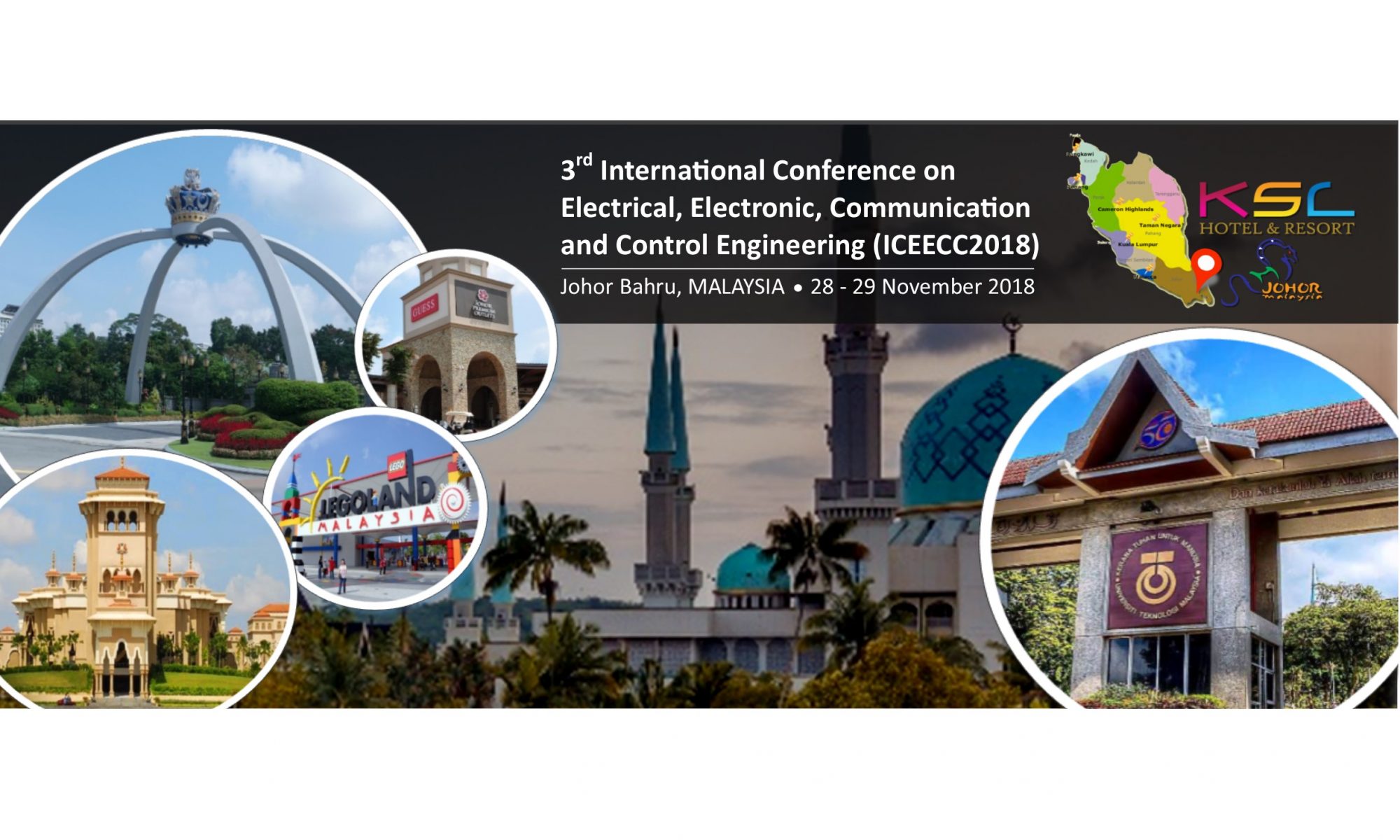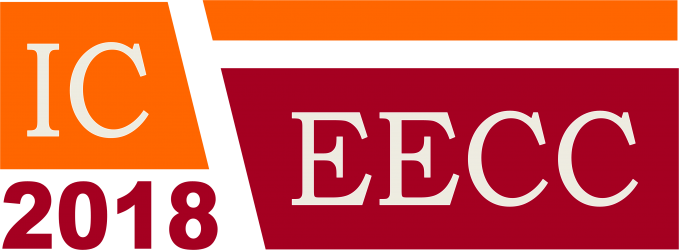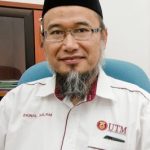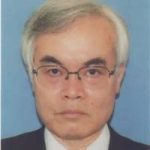Keynote 1:
Wireless Energy Harvesting circuit for IOT
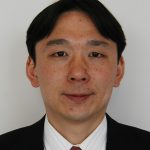
Haruichi Kanaya
Graduate School of Information Science and Electrical Engineering,
Kyushu University, JAPAN
Biography- Haruichi Kanaya was born in Yamaguchi, Japan, in 1967. He received the B.S. (Physics) degree from Yamaguchi University in 1990, and the M.E. (Applied Physics) and D.E. degrees from Kyushu University in 1992 and 1994, respectively. In 1994, he became a Research Fellow (PD) of the Japan Society for the Promotion of Science. In 1998, he was a visiting scholar at the Massachusetts Institute of Technology (MIT), USA. He is currently engaged in the study and design of RF CMOS LSI System, energy harvesting device, and miniature, planar, flexible and array antenna. He is an Associate Professor in the Department of Electronics, Graduate School of Information Science and Electrical Engineering, and also System LSI Research center, Kyushu University. Dr. Kanaya is a senior member of the Institute of Electrical and Electronics Engineers (IEEE)
Abstract- Remotely powered devices have become increasingly important over the IoT (internet of things). This transmits the all sensing data to an edge server as the receiver by using electromagnetic waves at certain frequency. All IoT devices equip a battery, however, they require a power supply which obtain a longer lifetime. The most convenient way is to power those devices wirelessly with the electromagnetic wave. The rectifier circuit is the most important unit for an efficient extraction power system design. Diode and capacitor based rectifier has several studies to improve its performance at low incident power level. We chose the 920 MHz band which is used as RFID etc. and is unnecessary for license. By connecting the impedance matched antenna to the booster circuit, miniaturization became possible. By inserting the resonance circuit between the antenna and booster circuit, high DC output voltage can be obtained [1, 2]. The temperature and humidity sensing system was tested in real operation for more than 20 hours. The delivered voltage was maintained around 2.5 V that corresponds to the proper operating voltage of the BLE (Bluetooth low energy).
Keynote 2:
Solar Photovoltaic: Prospects and Challenges
Zainal Salam
Centre of Electrical Energy Systems
Faculty of Electrical Engineering
Universiti Teknologi Malaysia
Biography- Prof. Dr. Zainal Salam obtained his B.Sc (Electronics Engineering), M.E.E (Electrical Engineering) and Ph.D (Power Electronics), from the California State University (Chico, California), Universiti Teknologi Malaysia (UTM, Kuala Lumpur) and University of Birmingham (UK), in 1985, 1989 and 1997, respectively. He has been a lecturer for 30 years and is now the Professor in Power Electronics and Renewable Energy at the Centre of Electrical Energy Systems, Faculty of Electrical Engineering UTM. Prof. Zainal was the Dean of Research for Energy Research Alliance- overseeing and managing energy related research work in the University. He has authored and co-authored over 200 papers (with more than 2,000 citation) in various technical journals and conference proceedings. Since 2011, he has been the Editor of IEEE Transaction on Sustainable Energy and a member of Editorial Board for the Scientific World Journal (Hindawi Publishing Corporation). He represents the country as the expert for the International Energy Agency (IEA) PV Power Systems Task 13 Working Group, which focus on the reliability and performance of PV power system. Prof. Zainal is the Vice-Chair IEEE Power Electronics, Industrial Electronics and Industry Application Joint Chapter, Malaysia Section (2011-2013, 2016). He is involved in over 30 projects and consulting works on power converters, solar energy and machine control. His main research interests include all areas of design, instrumentation and control of power electronics renewable energy systems.
Abstract- Solar photovoltaic (PV) is envisaged to be an important source of future energy. This can be attributed to its environmentally friendly nature and long-term economic feasibility. With the continuous decline in the cost of modules, PV systems are now being widely installed in homes as well as large power plants. Despite these encouraging prospects, the relatively high capital cost, fluctuation of oil prices and resistances form the power generation companies are challenges that need to be addressed. This keynote highlight the state-of-the-art of solar power technology and its integration into the electrical grid. In addition, the role of PV in the distributed power generation—which forms the backbone of the future smart grid systems, shall also be discussed. Another important note is the pledges made by various governments (including Malaysia) to increase the share of green technology into their energy mix. This could well be the catalyst for a sustainable growth of PV throughout the world. Finally, the talk will touch on the prospects of PV research in in Malaysia, and highlights some of the work that have taken place at Universiti Teknologi Malaysia.
Keynote 3:
Autonomous Vehicular Communication and Control for Smart City
Hiroaki Morino
Shibaura Institute of Technology
Japan
Biography- Hiroaki Morino is an Associate Professor at the Department of Communication Engineering, College of Engineering, Shibaura Institute of Technology. He obtained his Ph.D. Engineering from the University of Tokyo in March 1999. He obtained his Master of Engineering and Bachelor of Engineering at the same university in 1996 and 1994 respectively. Before joining Shibaura Institute of Technology, he was an Associate Professor at the Research and Development Initiative, Chuo University (2001-2005) and Research Associate School of Engineering, The University of Tokyo (1999-2001). He received Best Paper Award in IS-CANDAR 2013 for his paper entitled ‘Group based two layer multicast for wireless mesh networks supporting mobile sources’. He was the recipient of an Outstanding teacher award, Shibaura Institute of Technology 2016 and Umemura award, Shibaura Institute of Technology 2014. He is a member of Institute of Electrical and Electronics Engineers (IEEE) and Institute of Electronics, Information and Communication Engineers (IEICE).
Abstract-Vehicle communication is known to work as a means not only to provide information to drivers but to be effective for car traffic flow control. It will bring significant benefits to large cities. This talk presents the research trend of cooperative velocity control among cars using vehicle communications towards traffic jam resolution. Particularly it presents advantages of inter-vehicle communications using long-range wireless, compared to those with short-range wireless commonly used in the context of autonomous driving. Also, it discusses the potential of edge computing, one of the core concept in the 5G wireless era, to predict traffic jam with low latency and to cooperate with velocity control.
Keynote 4
Connected healthcare monitoring
Toshiyo Tamura
Future Robotic’s Organization
Waseda University
Tokyo, Japan
Biography- Toshiyo Tamura, Ph.D. born in Chiba in 1949, received his Ph.D. degree in 1980 at Tokyo Medical and Dental University. From 1980 he has served as a research associate in the Institute for Medical and Dental Engineering, Tokyo Medical and Dental University. In 1984 he spent a year and half at a Department of Biomedical Engineering, Linkoping University. Linkoping. , Sweden, under Professor P.A. Oberg. During this period he was involved in the research regarding peripheral blood flow measurement. From 1991 to 1993, he was an Associate Professor, Department of Electrical Engineering, Faculty of Engineering, Yamaguchi University, Ube, Yamaguchi. From 1993 to 1998, was an Associate Professor at Institute for Medical and Dental Engineering, Tokyo Medical and Dental University. From 1998 to 2005, he served as a director, Department of Gerontechnology, National Institute for Longevity Sciences. After a great time in Chiba University, Japan, as a Full Professor from 2005 to 2012, he changed his direction to southern area of Japan in Osaka Electro-Communication University · Department of Biomedical Engineering for three years from 2012 to 2015. Currently, He is a Visiting Senior Researcher in Future robotics organization-Institute for Healthcare Robotics, Japan. His research and teaching activities have been focused on biomedical transducers involving noninvasive apparatus and biosignal analysis. His scientific work is represented more than 180 peer-reviewed articles in national and international journals. He is also an active member in several national and international societies and has presented numerous lectures at international meetings.
Abstract- To increase the elderly population, the delivery of quality care while reducing the healthcare costs is highly needed. With the continuing advance in sensors and sensor-support technologies including pervasive computing and communication networks, a variety of promising application from Internet-of-thing (IoT) and connected healthcare monitoring. Connected healthcare is the collective words for telecare, telehealth, telemedicine, mHealth, digital health and eHealth services. IoT can connect people to healthcare. Monitoring devices, smartphone apps, wearables and implantable sensors – all with access to real-time information – will create a new era in how health is managed. As a part of eHealth, m-Health is supported by mobile devices like phones, digital assistants, direct care devices, and other wireless devices. The constant and continuous monitoring of physiological data would preempt health problems and help respond to emergencies. In this presentation, the current connected monitoring system for prevention and prediction of diseased is discussed.
